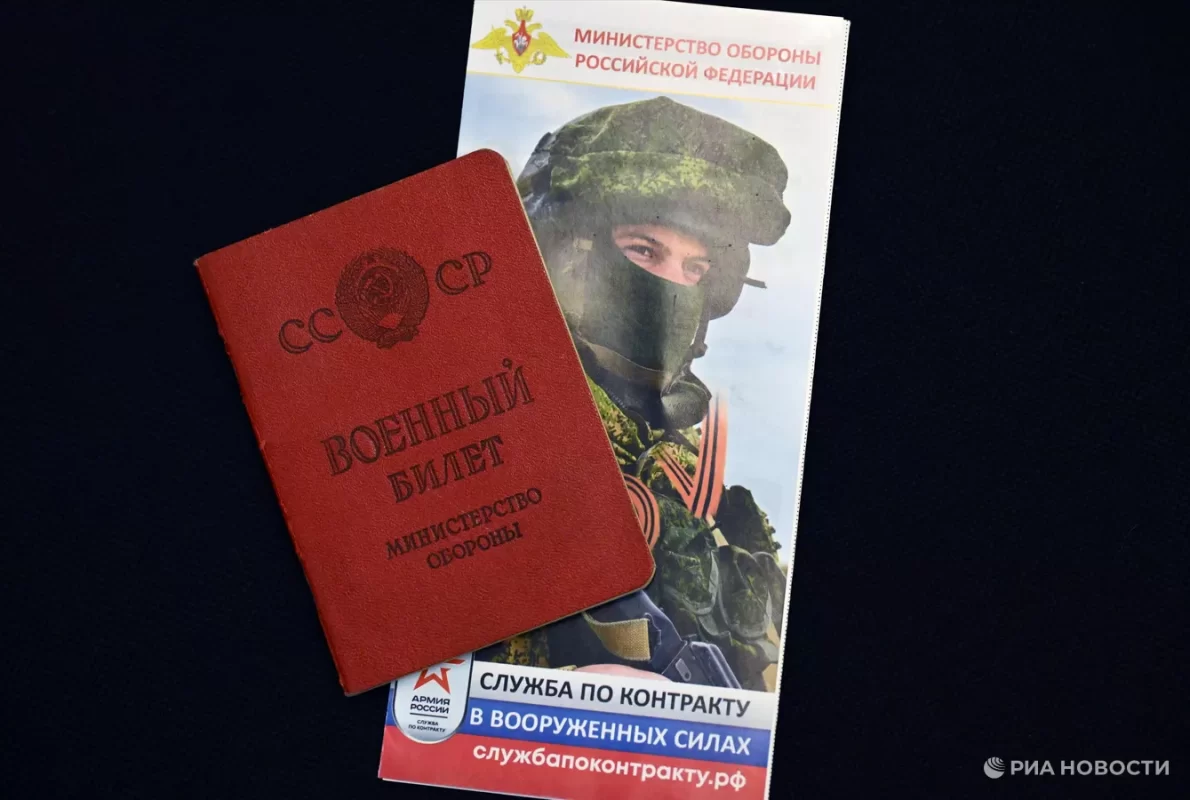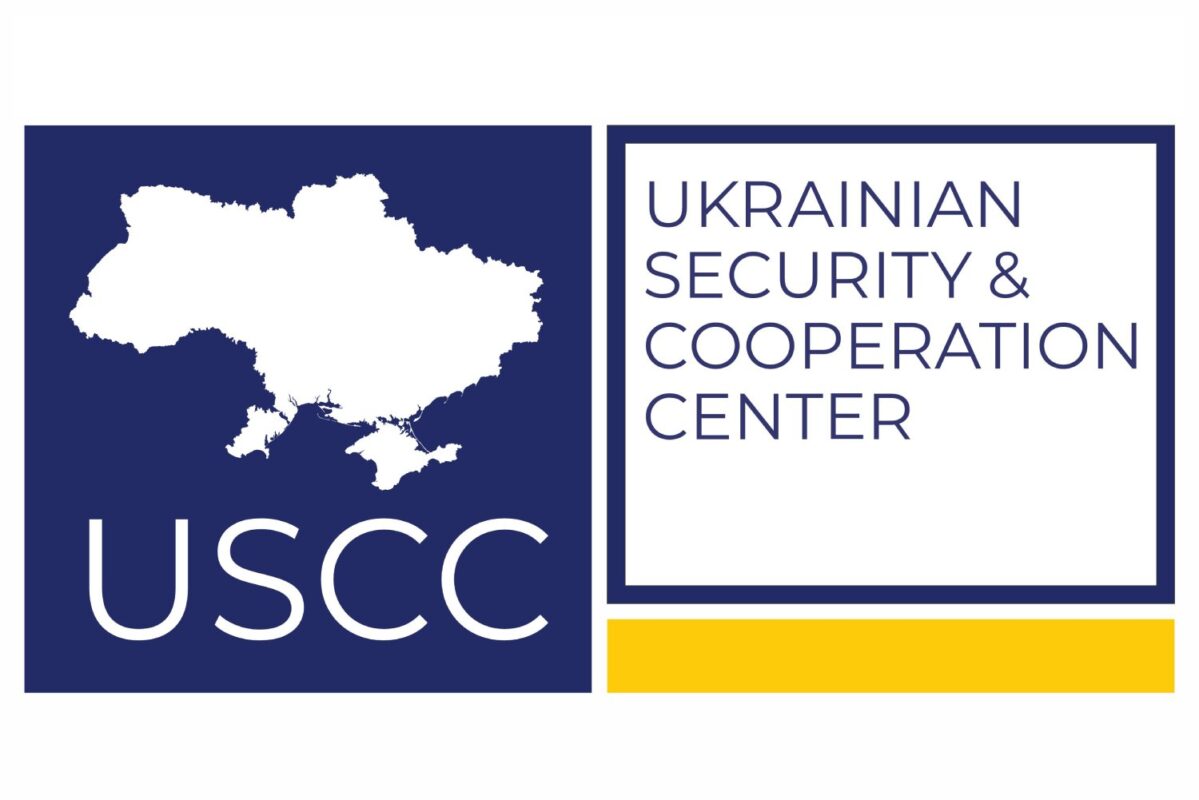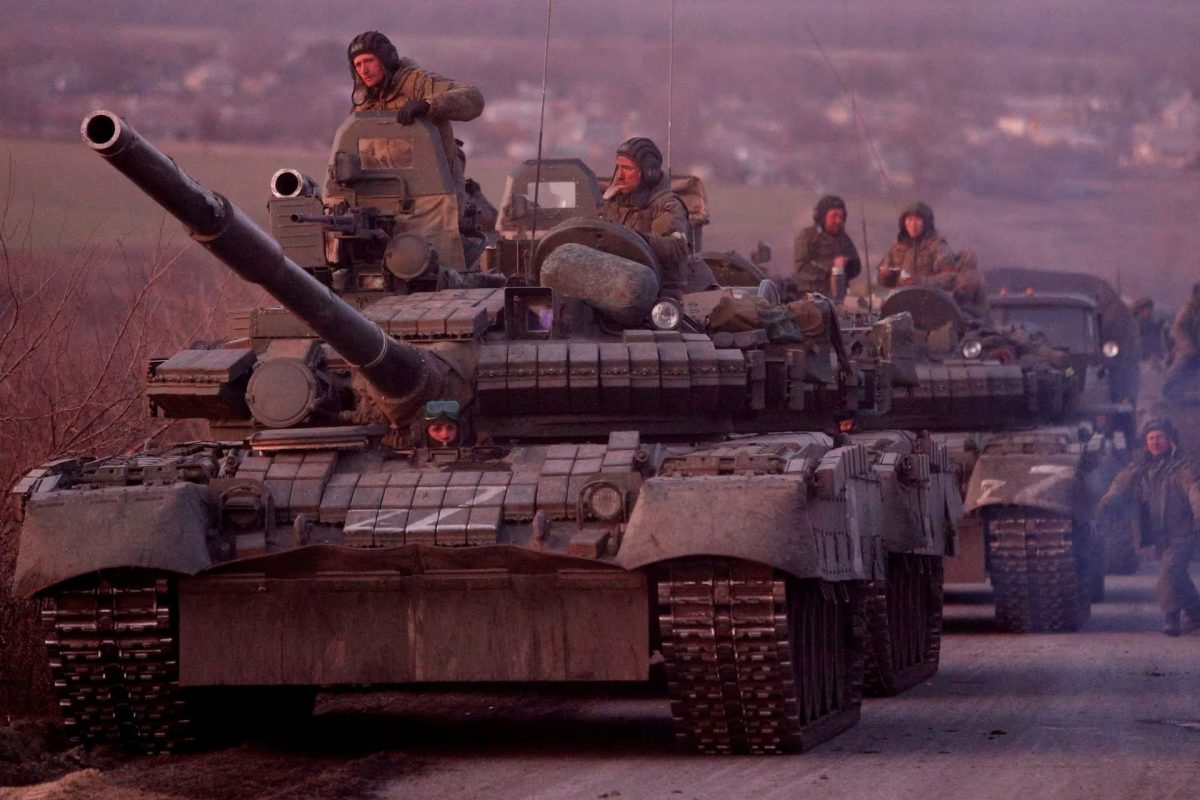Photo – Reuters
The analysis of the war in Ukraine is an information weapon that helps to soberly assess one’s own actions in the face of a full-scale invasion. On the eve of 2024, the analytical department of the Ukrainian Security and Cooperation Center prepared a detailed prediction of Western assistance, enemy actions and Ukraine’s strategy from open sources. The first part of the study is an assessment of Russia’s military capabilities.
The Soviet Union, and later Russia, spent enormous amounts of money on the army. After the collapse of the USSR, Russia inherited a powerful military-industrial complex and the largest arsenals of weapons: tanks, artillery, aircraft and missile systems.
For a long time, the Kremlin has tried to maintain the image of a leading military superpower, spending significant funds on rearmament, military technology development, wars in Georgia, Moldova, Ukraine, and military support for the Assad regimes in Syria and the Global South. However, since the full-scale invasion of Ukraine, Russia has been losing millions of dollars every day that it has invested in its military since the early 2000s.
RUSSIAN MILITARY AND FINANCIAL LOSSES
Over the year and a half of the war, Russia has suffered significant losses in manpower and equipment, and has significantly reduced its stockpile of long-range missiles. According to the General Staff of the Armed Forces of Ukraine, as of December 1, the loss of military weapons in monetary terms amounted to about $40 billion; according to the Oryx project, which counts losses based on photo evidence, the evaluation is $10.1 billion, of which is considered destroyed, damaged, or captured:
- Tanks – 2510 units (73.46%)
- Armored combat vehicles – 4517 units (31.83%)
- Artillery – 919 units (37.77%)
- Jet systems – 315 units (28.28%)
- Helicopters – 132 units (30.46%)
- Aircraft – 94 units (10.44%)
Data is according to the Oryx project and the report “The Military Balance 2022” by the IISS Research Center


Losses of Russian equipment according to the General Staff of the Armed Forces (1) and the Oryx project (2). USCC
Due to significant losses in equipment, the Russian military has to “mothballed” old Soviet equipment at storage bases: tanks, armored combat vehicles, and artillery.
A visual analysis of satellite images from October 2023 shows at least 5,450 tanks at the storage bases of the Russian Ministry of Defense, of which only 3,529 are in visually good condition. As of April 2023, there were 3911 units, which means that at least 382 (9.7%) were removed from storage in 6 months. This also applies to armored combat vehicles: by 2022, there were about 9604 units, as of 2023, there were 5737 left (3867 vehicles were “decommissioned” during the war). Such estimates do not deserve to be recognized as accurate, but they clearly demonstrate the trend of restoring obsolete stocks.


Satellite images of the base of Russian military equipment. Source – X
Due to sanctions, Russia cannot massively use Western components to restore its stockpile. For example, the “mothballed” tanks have almost no high-tech equipment to ensure sufficient precise fire aiming. At the same time, this equipment continues to be a threat and creates new challenges to Ukraine’s defense forces.
ATTEMPTS TO INCREASE THE NUMBER OF ARMAMENTS
Notes: The information in this section is largely presumptive due to the closed nature of Russian military-industrial complex sources.
Production of heavy military equipment
In March of this year, Dmitry Medvedev threatened that Russia would produce 1,500 tanks in a year. However, such a statement does not correlate with the realities of the aforementioned use of the Soviet stockpile. The Head of Rostec, Sergei Chemezov, said that over the past year, Russia has increased the production of tanks by 7 times, light armored vehicles (BMPs, armored personnel carriers, armored vehicles) by 4.5 times, artillery and MLRS by 2.5 times, and ammunition by 60 times. As a result, it can be assumed that the Russian “7-fold increase in tank production” is referred to as an increase in the restoration of “mothballed”vehicles.
Earlier it was reported that Russian factories are capable of producing about 20 tanks per month, and at least 60-90 units can be restored. However, these are not enough to cover the losses incurred during the months of fighting on the territory of Ukraine (for example, only in October 118 tanks of various modifications were lost).
Despite this, Russia aims to increase the production of military equipment. Currently, this is hampered by the lack of a sufficient number of skilled workers, specialized equipment, and the loss of certain production technologies. In particular, the Head of Rostec said at a meeting with Putin that 23,000 vacancies were open at the company. And the Head of the Ministry of Finance, Siluanov, reported that next year Russia will develop machine tool building, for which 130 billion rubles are budgeted. This is probably a forced measure, as Western equipment does enter Russia, but its quantity is critically low due to sanctions.
Establishing the production of high-precision weapons and UAVs
In many sectors of the Russian military-industrial complex, sanctions restrictions have led to a decrease in production, but there are some industries where Russia is managing to overcome the sanctions pressure.
Despite the sanctions, production volumes in high-tech weapons industries are increasing. Although Russia sharply slowed down missile production for at least 6 months after the start of the full-scale invasion, by the end of 2022, the Russian military-industrial complex began to gain momentum again. According to the comments of July 2023 by the Deputy Chief of the Defense Intelligence of the Ministry of Defense Vadim Skibitsky, Russia has increased the production of Kalibr and X-101 missiles by 3-4 times.
According to the Defence Intelligence of Ukraine, Russia has about 870 high-precision missiles of operational and strategic level in its stockpile. In August 2023, according to intelligence, Russia planned to produce 118 missiles of various types in a month, and in October 2023 it produced 115 high-precision missiles. Among them, in particular:
- Caliber – 20 units.
- Dagger – 4 pcs.
- Iskander-M – 30 units.
- X-32 – 9 units.
- X-101 – 40 units.
The General Staff of the Armed Forces also reports that Russia can produce about 100 missiles per month.
As of October 2023, since the start of the full-scale invasion, Russia has launched more than 3,000 missiles at Ukraine, spending $22.8 billion on missile strikes. As of the end of November, the terrorist state is using missiles in limited numbers, accumulating them for attacks in the winter, preferring Shahed-136 and Lancet UAVs. In October, Russia launched 243 Shaheds in Ukraine , and in November – 348 Shaheds. In total, 1107 Shahed attack UAVs and at least 156 missile weapons attacked the territory of Ukraine in the fall. Thepercentage of missile attacks in the fall, out of the total number of air attacks, is 12.35%.
In the war against Ukraine, the Kremlin is focusing considerable attention on UAVs. Their models of unmanned aerial vehicles, reconnaissance and strike, are significantly harming Ukraine’s defense forces: “Lancets” have become almost the main precision weapon on the contact line and in close quarters. According to British intelligence, the Lancet barrage drones are probably one of the most effective new weapons that Russia has used in Ukraine in the last 12 months. Russian Minister of Finance Siluanov emphasized that 66 billion rubles will be allocated for the development of UAVs, which will ensure the production of more than 40% of domestic drones. There is already information about the development of Russian maritime drones, following the example of the Ukrainian MAGURA V5. Russia’s attempts to expand the production capacity of the military-industrial complex are also evidenced by the analysis of satellite images.


Source – Радіо Свобода
They are building factories for the production of aircraft and drones. In 2023, for example, a new private plant for the production of Russian UAVs was built. It belongs to the company “Kronstadt”
Earlier it was reported that Zala Aero, a subsidiary of Kalashnikov Concern, purchased and converted the building of the Italmas shopping center to produce Lancet barrage munitions. In addition, satellite imagery shows the construction of aircraft manufacturing plants in Kazan, Irkutsk, and Yekaterinburg. Attempts to increase capacity in these areas are evidenced by Russian figures in June 2023. (Note: In the absence of independent data, we refer to information from the Russian Rosstat, which may be distorted and fabricated for political purposes).
Production of artillery shells, ways to replenish stocks
The ability of the Russian military-industrial complex to produce artillery shells remains a critical issue. During the 18 months of the war, the Russian strategy of a berm of fire largely depleted Soviet stockpiles of 152 mm ammunition,consuming 10 to 11 million shells.
According to a senior Estonian Defense Ministry official, Kusti Salma, Russia’s ammunition production is now seven times higher than in the West. According to Reuters, Russia may increase its artillery production in the next few years to about 2 million shells a year, which is about twice the previous Western expectations. Such a threat poses a challenge to Ukraine and its Western allies, as the Western military-industrial complex has not yet managed to reach significant production volumes of 155 mm artillery shells. Nevertheless, it is worth noting that the projected production of Russian shells will not be able to cover the needs in the short term, and thus restore the expended stocks.
Nevertheless, it is difficult to estimate the true production capacity at this stage of the war. To meet the needs for ammunition, the Kremlin is using external ties, in particular with the DPRK, which has stockpiles of Soviet weapons and ammunition. After the summit between Russia and the DPRK, satellite images as of October 5, 2023, recorded an unprecedented level of freight car traffic at the Tumangan railway station in North Korea, located on the border with Russia.

Satellite images of the Tumangan railway station in North Korea. Source – beyondparallel
The US White House reported that in recent weeks, the DPRK has provided Russia with more than 1,000 containers of military equipment and ammunition. Similar information is confirmed by South Korean intelligence: according to their data, Russia received 1 million artillery shells from Pyongyang. Reacting to these developments, US Secretary of State Antony Blinken visited Seoul to discuss ways to respond to Russia’s war against Ukraine and the growing military cooperation between Moscow and Pyongyang.
LOSS AND RECOVERY OF PERSONNEL
Russian losses in personnel are no less than losses in equipment. According to Commander-in-Chief of the Armed Forces of Ukraine Valerii Zaluzhnyi, Russia has lost at least 150,000 servicemen in the line of duty. Accordingto the General Staff of the Armed Forces of Ukraine, total enemy losses amounted to more than 330,000 thousand people, although such figures do not stop the Kremlin from continuing the war.
Experts estimate that over the 18 months of the war, Russia spent at least $35.1 billion on military salaries, $25.6 billion on compensation to the families of the dead and $21 billion on compensation to the wounded. At today’s exchange rate this amount is equivalent to 7.6 trillion rubles. So far, Russia has demonstrated the ability to spend such money on the war, as evidenced by the draft budget for 2024 and the growth of funding for the Russian Social Fund (which is used to pay compensation to the families of injured soldiers).
In 2024, it is planned to allocate 16.335 billion rubles for this fund, which is almost 3.2 billion rubles more than in the budget for 2023 (13.169 billion). However, this number includes servicemen who died in other wars or in the line of duty. If we calculate the difference in planned expenditures in the draft for 2022, it will be up to 2.250 billion rubles. Dividing the total amount by the amount of monthly compensation, it becomes clear that additional funds were required to pay 102,700 people officially recognized by Russia as killed during the war in Ukraine.
The question remains whether the losses of the Wagner PMC should be added to these calculations, as it was reported that Prigozhin’s company “covered the funeral expenses” and paid a one-time payment of 5 million rubles to soldiers’ families. However, after the death of Prigozhin, Putin announced that the PMC was funded by the state. During the year, its mercenaries received 86 billion and 262 million rubles from the budget, and individual insurance payments amounted to 110 billion and 179 million rubles.
Due to significant losses, Russia has to conduct hidden mobilization, including using prisoners from Russian prisons. To gain additional numerical superiority, in 2024, it is planned to form another army corps (up to 40 thousand), 7 divisions (from 4 thousand to 20 thousand), 19 brigades (up to 4 thousand), 49 regiments (up to 2 thousand) and one flotilla. Thus, the number of new units may reach up to 360 thousand people.
According to Medvedev, this year the rate of recruitment for military service has increased significantly, with more than 1,600 people signing contracts with the Russian Armed Forces every day. Since the beginning of 2023, 385,000 people have enlisted for military service, including 305,000 contract soldiers and about 80,000 volunteers. By the decree of the President of the Russian Federation of August 25, 2022, the staff of the Armed Forces of the Russian Federation was increased by 137 thousand as of January 1, 2023.

Source – РИА
In December 2022, Shoigu stated that “in order to guarantee the solution of the tasks of ensuring the military security of the Russian Federation,” the number of servicemen in the Russian armed forces should be increased to 1.5 million (695 thousand contractors), and the deputy chairman of the State Duma Defense Committee, Yuri Shvitkin, called for a desired number of 500 thousand contractors. If these figures are true, then the Russian government would have to pay 60 billion rubles in one-time payments for 305,000 new contractors. And for the financial support of the Russian military in the “zone of the SMO,” the amount should be at least 210 thousand rubles for each. Based on the data from the Defence Intelligence of Ukraine on the concentration of more than 420,000 Russian military personnel on the territory of Ukraine, Russia should spend at least 88 billion rubles per month to maintain these military personnel, or 1 trillion rubles per year, according to the lowest estimates.
Currently, the Kremlin’s plans to increase the number of contract soldiers correlate with budget plans for 2024. This also indicates the intention to wage war in Ukraine. Accordingly, even the current significant losses do not change Russia’s plans, as can be seen from the planned funding.
SUMMARY
In 2024, despite the significant losses in equipment and personnel, Russia aims to prolong war in Ukraine. The country is looking for ways to recover its military resources by restoring Soviet stockpiles and conducting hidden mobilization.
The challenge for the new sanctions restrictions is that the Kremlin continues to find ways to import the necessary components for the Russian military-industrial complex, primarily precision weapons. This is evidenced by the constant production and accumulation of cruise and ballistic missiles and drones. However, the limited supply of foreign components and equipment for production does not allow the enemy to increase manufacturing in other industries, such as tank building. As a result, Russia has limited capacity to produce new equipment, focusing on restoring Soviet stocks.
Currently, the terrorist state focuses on the production of various types of unmanned aerial vehicles, as they are highly efficient on the battlefield and relatively cheap in production. Due to the deteriorating effectiveness of Russian artillery, Russian kamikaze UAVs are used for counter-battery operations and destruction of priority targets.
Current and projected indicators of the Russian military-industrial complex show that at this point of time Russia is unable to increase its production of military weapons in needed quality and quantity. Using Soviet stockpiles, the Russian army will retain sufficient armaments for some time to conduct active hostilities in the next few years.

